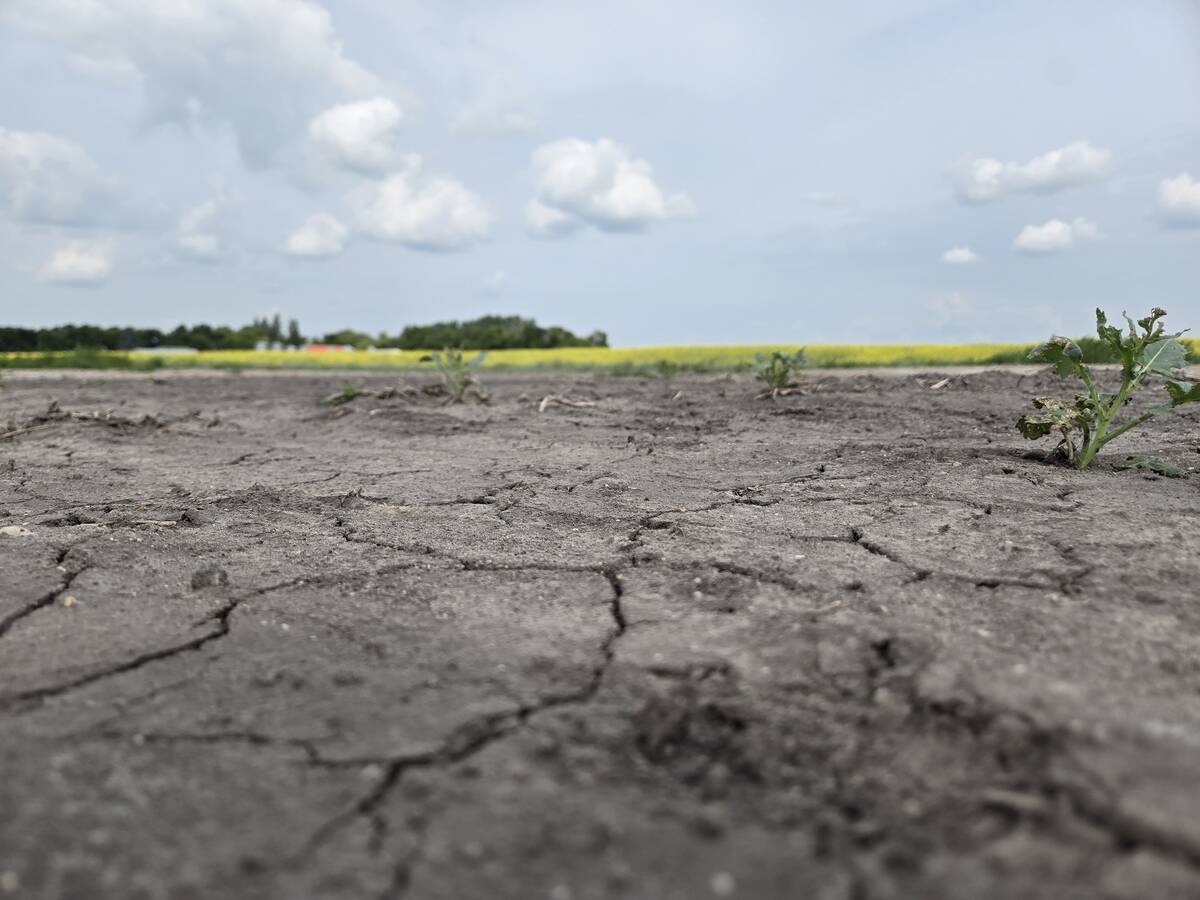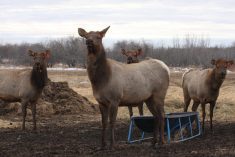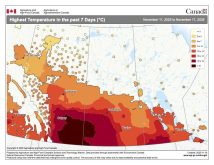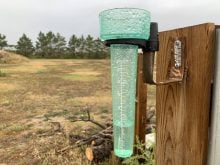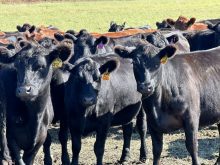Several municipal districts across Alberta have declared agricultural disasters.
As of July 24, municipal districts that have declared a state of agricultural disaster include the MDs of Cypress County, Pincher Creek, Greenview, Bonnyville and the County of Grande Prairie.
A state of agricultural disaster is usually declared by municipal councillors, based on input from farmers and ranchers in the area. The councillors take a vote on whether the declaration should be passed.
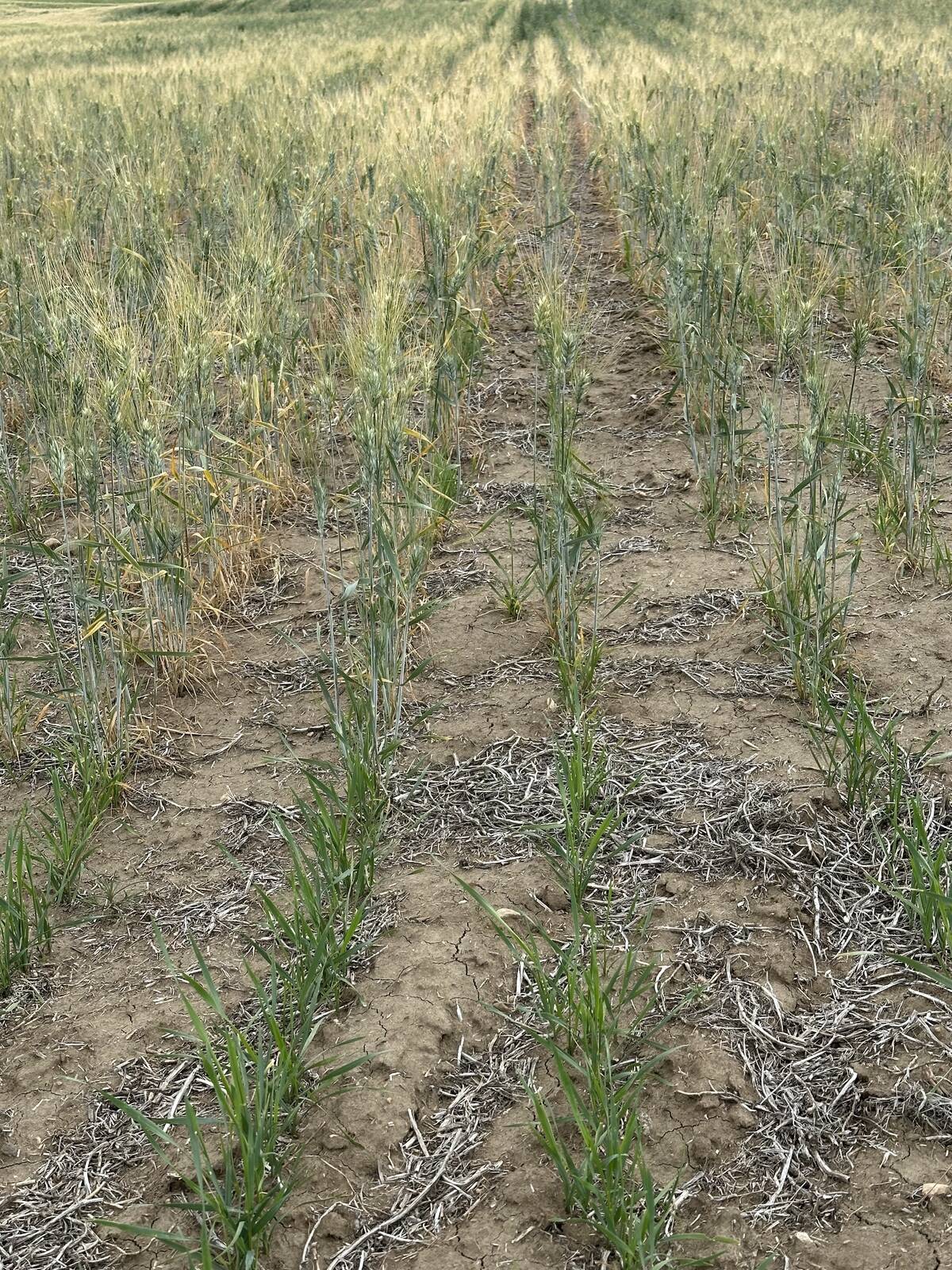
Michelle McKenzie, a councillor for Ward 1 in the MD of Cypress County, said she has received numerous phone calls from farmers in her area saying crops are done and they just can’t do anything with them.
Read Also

Grazing ‘sweet spot’ boosts pasture performance
Timing-focused approach to pasture management touted to boost forage growth, livestock gains while also cutting farmer labour and inputs
“If the rain comes now, it’s way too late and everything is so short that they can’t run their expensive combines over fields,” said McKenzie, who lives in the hamlet of Schuler.
McKenzie received the most calls from the area south of Schuler, where many farmers own land in both Alberta and Saskatchewan.
While Cypress County is dealing with crop issues, it’s also dealing with water problems. There is no irrigation on the Alberta side of Cypress County.
McKenzie said the declaration of an agricultural state of disaster can trigger attention from other levels of government. After Cypress County sent out a letter about the state of agricultural disaster, they received a letter from their MLA.
“It’s making him aware of the water problems. So then, he’s advocating on our behalf to the provincial government,” she said.
Declarations of agricultural disaster in Cypress County have been made in four of the past five years.
“I think it’s just been compounded year after year and it’s just getting worse. In the last four years, there’s been no recovery,” she said.
“If we could get the province to help us with some water projects in the area, that might help,” she said.
Kara Westerlund, President and Chief Executive Officer of the Rural Municipalities of Alberta, said several municipalities declare an agricultural disaster each year. The declarations are tied to weather conditions.
“So far, the number we’re seeing in 2025 is not abnormal, but that being said, it doesn’t diminish the seriousness of the local situations that are happening in those areas,” said Westerlund, who is also a councillor for Brazeau County.
She said declarations are mostly made in the fall and in the spring, but they do happen in the summer months as well. MDs usually send their letters to their MLAs and provincial government officials and are asked to send a copy to the RMA.
Westerlund said she expects there will be more declarations of agricultural disaster as the season progresses.
Generally, agricultural disasters are declared when local farmers or ranchers in an area come to council and raise their concerns. During a council meeting, the declaration must be made with majority council support.
Municipalities can use the declaration to bring awareness and appeal to the provincial government.
“It doesn’t necessarily bring dollars back, but it’s an advocacy piece for us to sound the alarm with the higher levels of government. It comes from the municipalities first because they’re the closest form of government to agricultural producers and we hear directly from producers and farmers in our area. It allows us to signal to the provincial and to the federal governments that we have issues in parts of the province,” she said.
“This is one of those tools for producers and farmers in the province, where they can go directly to a municipality and ask for this type of declaration and bring their experience, their proof and their stories to the table, so that we can push from our end,” said Westerlund.
One of the difficulties with declaring agricultural disasters is the sheer size of some of the rural municipalities.
“Unfortunately, you’ll see one part of a municipality doing OK, but then the other two thirds of the municipality is not doing OK,” she said. Because fields are so patchy, it can be difficult to declare a disaster.
“That’s the other difficulty we face with declaring this. We go out and have a look around the community before we declare. But that does add into the complexity of trying to declare, sometimes just the sheer size of the municipality and the varying crop conditions in the municipality,” she said.
Jessica McLelland, executive assistant with the MD of Pincher Creek, said the county councillors voted to declare a state of agricultural disaster on June 10.
She said the Rural Municipalities of Alberta (RMA) have prepared a guide at www.rmalberta.com for councils to use when they need to declare an agricultural disaster. The guide includes a condition statement tool that shows the percentage of what’s been impacted in the county.
McLelland said the MD of Pincher Creek is experiencing extremely dry conditions.
“We’ve got some places where up to 65 per cent of the pasture has been affected. In others, we need more water for livestock. More than 75 per cent of the dugouts are at a 50-year low at this point, because of the lack of snow,” she said.
“We did declare a state of agricultural disaster years ago as well, but this has been the first time in quite some time,” said McLelland.
There has been some rain, but not the amount needed.
“We are in dire straits, and this is an issue. The hopes are that (the provincial government) would have an ability to open a funding stream for people to get water pumps,” she said.
The council has found crops aren’t producing what they should be this year.
“And we’re an ag community, so this does really affect our residents,” she said.
Residents are making more use of the waterstand pipes to fill their wells or cisterns.
“We’re seeing an increase of people that may have a well that was fine before, but now this year, they’re actually having to haul water for their houses,” she said.
A lot of the acreage owners are also filling up their water holding tanks and using waterstand pipes or watering trucks to fill up their holding tanks.
The entire county has some areas that are dry and others that are doing a little bit better.
Unfortunately, municipal disasters don’t automatically trigger funding, she said.
“The Government of Alberta must declare a disaster,” she said.
The municipalities can spread awareness and inform the province of what is happening, but the provincial government must take action to make a provincial declaration of disaster or access any funding.
Matt Janz, the general manager of Environmental and Protective Services with the MD of Bonnyville, wrote that the municipality voted to declare a state of agricultural disaster on July 22. The area had little to no moisture over the past month, especially in the northern portion of the MD, he said.
Cereal crops were suffering, leading to a lack of grain fill and premature ripening. Canola crops will follow suit if moisture levels remain low. Hay crops have reached about 50 per cent of their normal yield and there will be no promises of a second cut this season.
As of July 17, the agriculture moisture situation was that the MD only received 30 to 50 per cent of its normal precipitation. The long-term forecast shows little to no rain, which will worsen everything.
The MD is currently drafting a letter about the state of agricultural disaster, which will be sent to the MLA and the provincial government.
Janz wrote that declaring a state of agricultural disaster brings awareness to a developing situation within a municipality and ensures that all levels of government and residents are aware of the situation.
“The best outcome would be for the MD to be included in the regions eligible for the Livestock Tax deferral program, and that the province advocates to the federal government for the necessary support producers need during this critical time,” he said.


